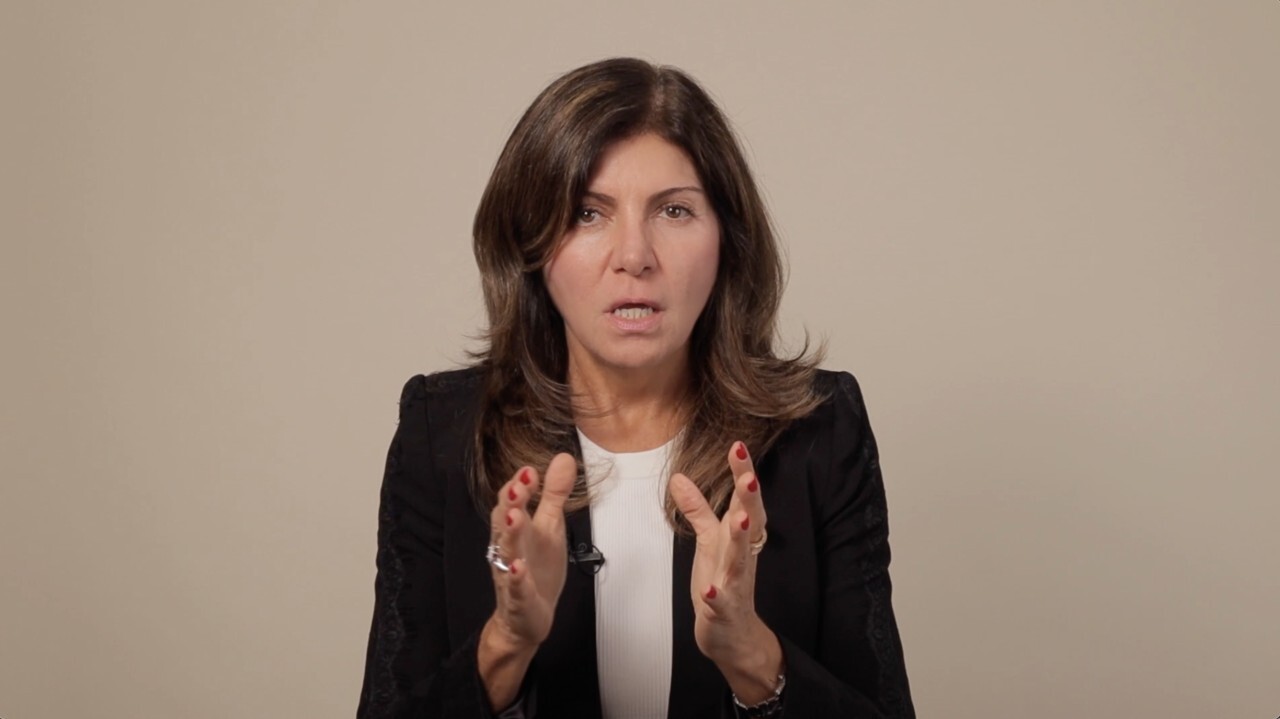Objections to the planned expansion of a Coney Island residential real estate project could see New York City losing out to the Sunshine State yet again.
Real estate developer, supermarket mogul, and former mayoral candidate John Catsimatidis is now ominously hinting that he, too, could redirect some money to Florida if the city won’t let him expand his nearly finished Ocean Drive residential complex in Coney Island.
“Do I spend the money here or in Florida?” Catsimatidis mused in a recent interview with The Post about the $1 billion required to build three new larger towers.
“You’ve got to get the best for your investment,” he continued. “Why spend in New York when you can build in Florida.”
It would be a blow to the city if the owner of Gristedes supermarkets takes his money elsewhere as other big-bucks business moguls have been doing. Coney Island remains mostly poor, under-serviced and crime-ridden despite boardwalk and amusement-park improvements.
New Yorkers know the blunt-talking Catsimatidis as the owner of WABC-AM Radio, host of his “Cats Roundtable” podcast, developer of four buildings in Fort Greene — and TV pitchman for the fancifully named Ocean Drive towers.
But he also has a large footprint in St. Petersburg, Fla., where he’s about to break ground on a $300 million complex to include a 46-story condo tower.
Ocean Drive at 3514 Surf Avenue is a 22-story, twin tower rental apartment complex with a Miami-inspired, blue and white façade with terraces on most of its 450 apartments. “From almost every apartment you see the ocean,” Catsimatidis boasted. “Breathe in the ocean air and I certify you’re going to feel 10 years younger.”
He bought the six-acre oceanfront site 10 years ago and spent $400 million to build the first two towers. “I went to Coney Island and fell in love,” Catsimatidis said.
But adding three more, larger towers on Ocean Drive’s eastern side might not come easily. As was the case with the first portion, he’d need city approval for more FAR (floor-to-area ratio) than zoning in the mostly low-rise area allows. That will be much harder now than it was in 2011 when Catsimaditis got the green light for the first phase.
Anti-development activists have shot down proposals in many parts of town. Coney Island critics claim the project would add to “gentrification” that’s underway due to a development boom nearby, including an apartment complex by LCOR in the former parking lot of Gargiulo’s restaurant.
City Councilman Mark Treyger could single-handedly kill Catsimatidis’ dream. He told a community board meeting that he wouldn’t have approved the size of the first Ocean Drive buildings “because of affordability issues” had he been on the Council at the time, Bklyner.com reported. Under the Council’s “member deference” precedent, the body usually goes along with the local member’s wishes.
Catsimatidis’ development manager, Ralph Zirinsky, told The Post that the size and height of the proposed new towers “would be determined as part of the ULURP process. Given the complexities and costs of building on the ocean, we would like to achieve at least 8 to 10 FAR” — compared with 5 FAR for the first part. There’s no formal proposal yet and an architect is yet to be chosen.
Ocean Drive’s apartments are all market-rate with units ranging from $1,800 a month to upward of $3,410. Treyger recently called the lack of affordable units “outrageous.”
Residents enjoy a 50-foot pool, lounges, sundeck and soon a D’Agostino supermarket. Catsimatidis said half of the first tower’s units are rented and the second one will go on the market in March.
The new towers will also be all-market-rate. “Our feeling was, there are plenty of affordables [geographically] behind us already. This is an equalizing factor. We want a balanced neighborhood.”
He’s “bullish on Coney Island,” he said. “We’re trying to anticipate New York City’s comeback and Brooklyn first.” Why Brooklyn? “I’m usually pretty right,” he laughed.
On the other hand, he recently told the Tampa Bay Business Journal, “I’m getting a little bit disgusted with what’s happening in the Northeast.”
And, without naming his choice for next mayor, he told us, “If we don’t get the right guy we’re in deep [bleep].”
Times Square Alliance has big shoes to fill
Times Square isn’t the same without crowds and it won’t be the same either without Tim Tompkins. The widely respected Times Square Alliance president who has quietly stepped down after nearly 19 years at the helm of the city’s most complex business-improvement district.
Tompkins’ tireless advocacy and counsel to property owners, retailers, hotels and to city officials helped steer the “Crossroads of the World” through its most challenging years — including the post-9/11 recovery, an unprecedented tourism boom, the launch of pedestrian plazas and the pandemic-caused theater shutdown.
“I’m a great believer in Times Square and we will get through this,” Tompkins told us. No Alliance successor has been named.















